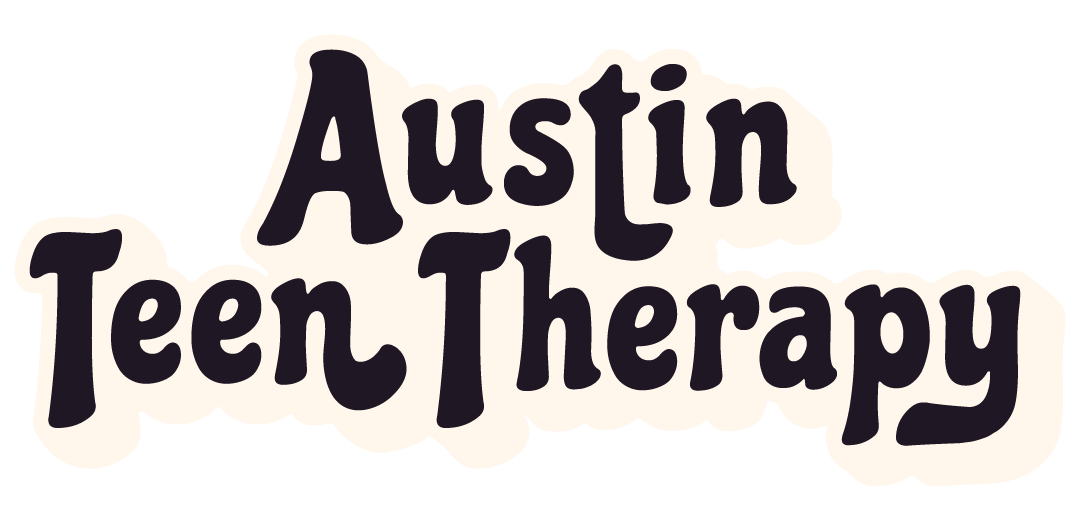Radio Theory
BLOG POST WRITTEN BY: LINDSAY CAMP, LMFT + OWNER OF AUSTIN TEEN THERAPY
Think of a radio. Lots of different genres: rap, hip hop, R&B, religious, country, pop, hits, rock, news, talk radio, sports, oldies, jazz, Latin, classical, childrens radio, holiday, contemporary. And within each genre many different sub-groups. Pop: classic pop, K-pop, contemporary hits. So many stations to pick from; some we like more than others; some we like loud; some we like soft. And when you’re not in the mood to decide on just one: variety radio stations offer music and programming from all/many genres.
[stay with me]
It is theorized that we have 6 basic feelings: sadness, happiness, fear, anger, surprise and disgust. And similar to the radio, each has numerous nuanced variations. [Google: feelings wheel]
Many different theoretical orientations offer methods to illuminate and integrate all of our various parts or emotional states. This is a watered down explanation, which for many people is more accessible than psychological theory.
Imagine your inner world like a radio: lots of different stations, nuanced sub-categories, personal preferences, volume controls, volume preferences, and a few variety stations offering it all.
When activated we might automatically flip to a particular station: anger, fear, sadness; or possibly a more nuanced one: bitter, humiliated, confused, ashamed, etc. Staying on just one station can be limiting. Flipping to one of our variety stations allows for the original feeling and others. Accessing these other parts of us helps us move into a more integrated state.
[ummm okay?]
Example: My partner says something and I get activated. Without thinking, I flip to my anger station. Specifically my hurt station. The next few minutes are me reacting from that place. With a few deep breaths I am able to turn down the volume. With more deep breaths and self soothing I am able to turn the station to the variety show. Here my anger and hurt are, but also so are my tender parts, my old stories, little me, AND the parts that have been to therapy for years, the parts that know my partner loves me, the part of me that is curious about what he meant, parts that are more developed and can care for the parts that are hurt. From here I can come to the conversation from my fuller self rather than my angry, hurt self. In doing so, we are able to have a productive conversation, my feelings get processed, and the experience ultimately gets coded in my brain as a win not just another pain.
identify your stations
identify your variety stations
find ways to change the channel from a single station to a variety station
find ways to change the volume
TAKE WHAT YOU WANT, LEAVE THE REST


